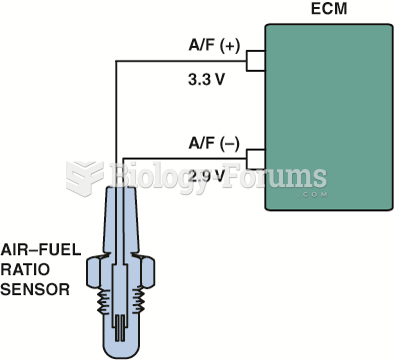Answer to Question 1
A local area network (LAN) is a computer network that spans a relatively small area, allowing all computer users to connect with each other to share data and peripheral devices, such as printers. LAN-based communications may involve the sharing of data, software applications, or other resources between several users. LANs typically do not exceed tens of kilometers in size and are typically contained within a single building or a limited geographical area. They typically use only one kind of transmission medium or cabling, such as twisted-pair wire or coaxial cable. There are also wireless local area network products available. These are very popular because they are relatively easy to set up, and they enable users to have a network without any network cables strewn around their homes or offices.
A wide area network (WAN) is a computer network that spans a relatively large geographical area. WANs are typically used to connect two or more LANs. Different hardware and transmission media are often used in WANs because they must cover large distances efficiently. Used by multinational companies, WANs transmit and receive data across cities and countries.
Answer to Question 2
Centralized computing remained largely unchanged through the 1970s. In this model, large centralized computers, called mainframes, were used to process and store data. During the mainframe era (beginning in the 1940s), people entered data on mainframes through the use of local input devices called terminals. These devices were called dumb terminals because they did not conduct any processing, or smart, activities. The centralized computing model is not a true network because there is no sharing of data and capabilities. The mainframe provides all the capabilities, and the terminals are only input/output devices. Computer networks evolved in the 1980s when organizations needed separate, independent computers to communicate with each other.
The introduction of personal computers in the late 1970s and early 1980s gave individuals control over their own computing. Organizations also realized that they could use multiple small computers to achieve many of the same processing goals of a single large computer. People could work on subsets of tasks on separate computers rather than using one mainframe to perform all the processing. To achieve this goal, computer networks were needed so that data and services could be easily shared between these distributed computers. The 1980s were characterized by an evolution to a computing model called distributed computing in which multiple types of computers are networked together to share data and services.







